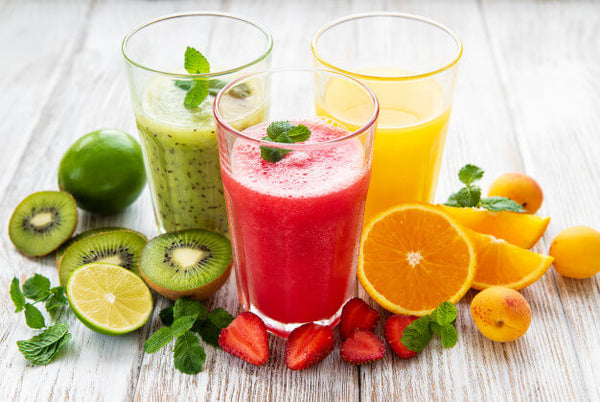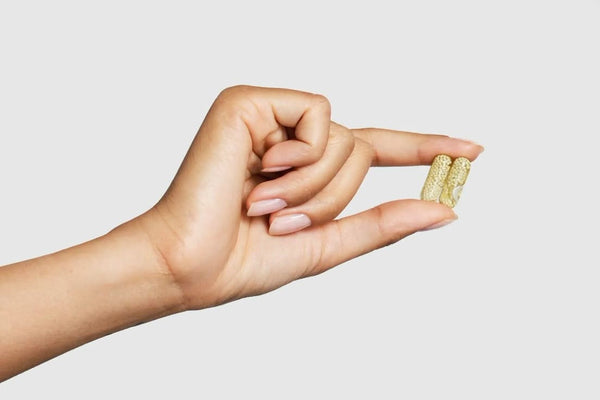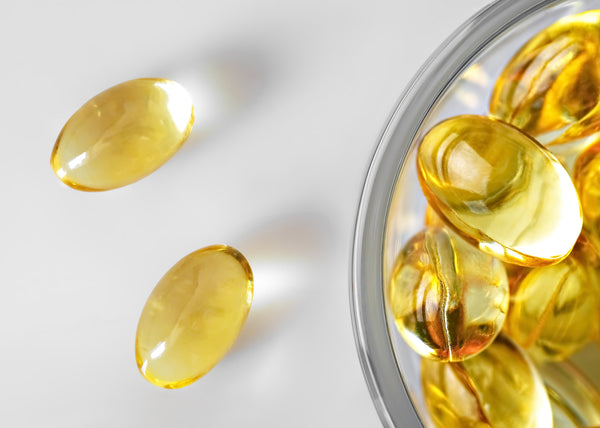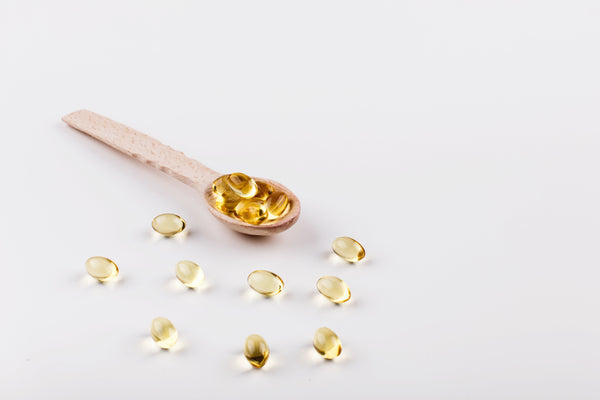We all have heard the importance of sodium and potassium for our health, but how many of us know how these two help in the maintenance of your blood pressure levels and heart health, their role in our diet, and what foods provide us with these two essential nutrients? In this article, we take a look at the various ways in which we can understand the role and importance of sodium and potassium. Let’s take a look at it below.

What is the Role of Potassium & Sodium in your Diet?
Potassium and sodium are essential electrolytes that help you maintain fluid and blood volume in your body. A lack of potassium and an excess of sodium in the body can lead to a rise in your blood pressure, making it extremely necessary to have a balance of the two.
Most of us put salt and sodium together - however, it is important to understand that they are not the same thing. Salt is a crystal-like compound, chemically known as sodium chloride, whereas sodium is a mineral and chemical element that is found within salt. Potassium, on the other hand, is found in various vegetables, fruits, seafood, and dairy products.
Most of us get our sodium intake from processed, packaged, and stored foods and a small amount from the salt that we consume while eating cooked food.

Link Between High Blood Pressure & Potassium
There is a correlation between potassium and blood pressure.
- If your potassium intake is high, it can lead to a decrease in your blood pressure levels.
- If your sodium intake is high, it can lead to a rise in your blood pressure.
This implies that if your sodium intake is high and potassium intake low, it will lead to high blood pressure or hypertension. This also means that potassium and sodium are linked to your heart health.
Research suggests the following:
- High potassium intake can reduce your risk of stroke and other heart diseases by lowering blood pressure.
- Low intake of potassium can increase your risk of stroke and heart disease.

Potassium & Sodium Rich Foods
We all somehow end up consuming just the right amount of potassium and excess sodium. This is why there are multiple dietary guidelines that emphasize on the need to consume a balanced diet, which includes vegetables, fruits, proteins, dairy and more. Let’s take a detailed look at potassium and sodium rich foods below.
Potassium can be found in:
- Beans
- Lentils
- Dried fruits
- Avocado
- Tomato
- Yogurt
- Chicken
- Salmon
- Potatoes
- Spinach

High sodium foods include:
- Canned beans
- Smoked and canned salmon/chicken/lamb
- Salted nuts
- Ravioli
- Frozen foods
- Buttermilk
- Pizza
- Quick breads
- Olives
- Pickles
- Sauerkraut
- Cottage cheese

You can also try Wellbeing Nutrition’s Energy Melts that contain a combination of potassium, sodium, natural tea caffeine and other natural compounds that serve as a safe and steady source of energy and help you maintain good health.



























 DOWNLOAD NOW
DOWNLOAD NOW
